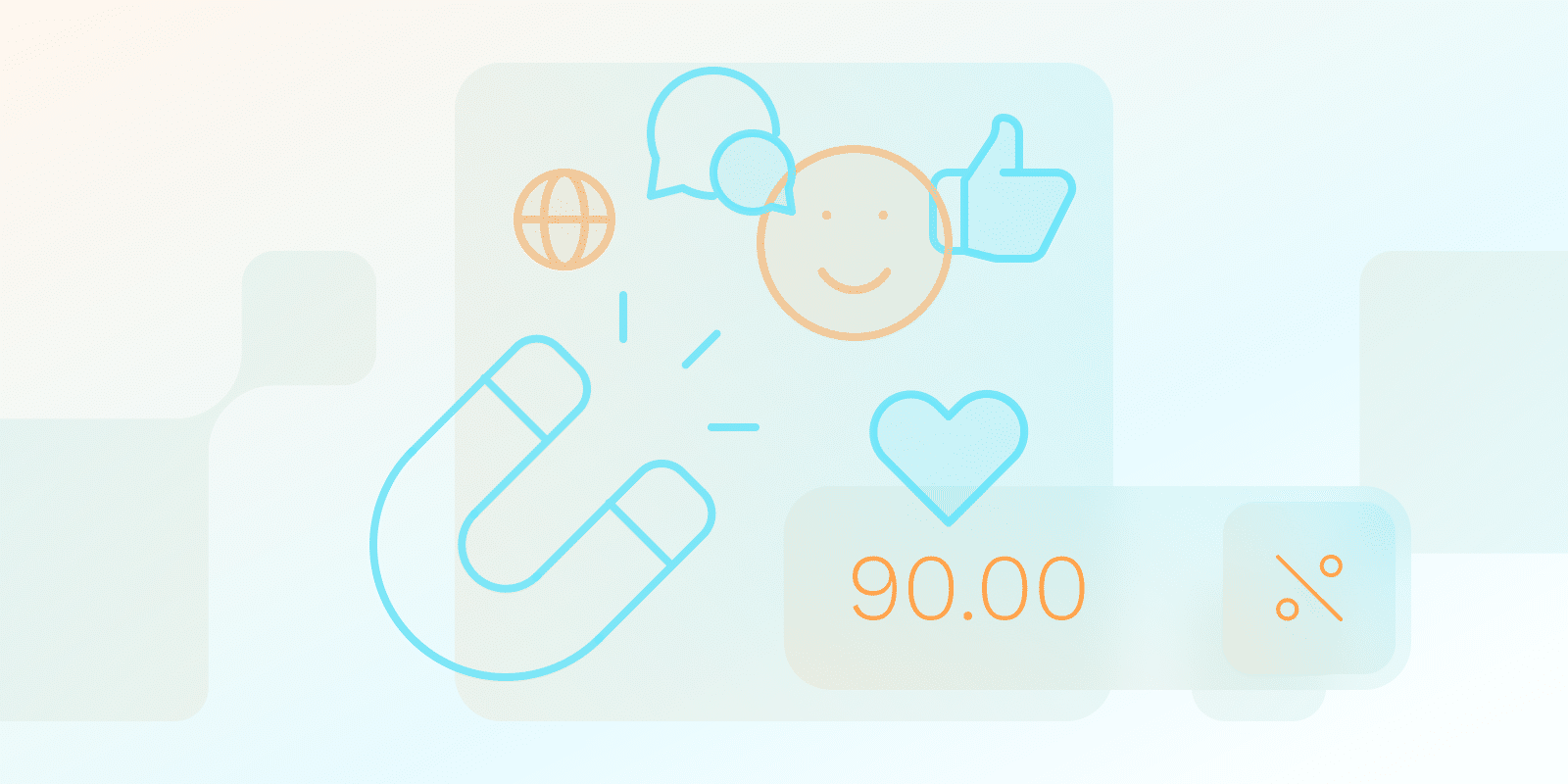What is SaaS Retention Rate?
Indicateurs clés de performance et mesures SaaS

What is the SaaS Retention Rate?
The percentage of clients who stick with your product or service over a given time frame is known as your SaaS retention rate.
It’s an important indicator of client stability and how well your efforts maintain their satisfaction.
For SaaS companies, a strong retention rate is essential since it lowers client acquisition costs, promotes sustainable growth, and results in predictable recurring revenue.
How can you calculate the SaaS retention rate?
The number of clients at the beginning and those at the end of the measurement period (usually a month, quarter, or year) are necessary to calculate the customer retention rate.
- Determine the difference: Calculate the difference between the number of clients at the beginning and the end of the period. This is the total number of lost clients.
- Multiply and divide: To calculate the retention rate as a percentage, divide the difference by the initial customer base and then multiply the result by 100.
For instance: A company’s retention rate would be (95/100)*100 = 95% if it had 100 clients at the beginning and 95 at the end.
Types of Retention Rates:
Although SaaS relies heavily on customer retention, the idea of retention also applies to user and employee retention.
- Customer Retention Rate: Indicates the proportion of paying clients who stick with your company over time.
- Employee Retention Rate: Measures the length of time workers remain with your business.
What is a good SaaS retention rate?
Industry, length of subscription, customer acquisition cost (CAC), and revenue churn are some of the variables that impact what constitutes a “good” customer retention rate. But in general, a higher retention rate is always preferable.
Average retention rates in the SaaS sector typically range from 80 to 90 percent.
What are some best practices of improving the SaaS retention rate?
These include:
- Recognize the factors behind churn: Examine the reasons behind subscription cancellations to find areas that could use improvement.
- Get input and put it into practice: Proactively get client feedback and apply it to improve your goods and services.
- Optimize the price: Make sure your prices reflect the value that clients obtain.
- Effective communication: Communicate with users in a clear and consistent manner.
- Put preventive measures into action: To improve client satisfaction and engagement, take into account loyalty programs, customized onboarding, and Succès client programs.
What are some key metrics to measure your SaaS retention rate?
Considering monitoring the following metrics:
- The Repeat Purchase Rate (RPR): This gauges how frequently customers make repeat purchases and is important for companies using transactional business models.
- Taux de désabonnement client : This metric, which is the reverse of retention rate, calculates the proportion of customers who depart during a given time frame.
- Customer Lifetime Value (LTV): Estimates how much money a client will bring in over the course of their association with your company.
- The Customer Satisfaction Score (CSAT): Gauges how satisfied customers are with your offering.
- The Net Promoter Score (NPS): Measures how loyal your customers are and how likely they are to tell others about your company.
Conclusion
A high retention rate is essential for SaaS businesses. Stable recurring revenue, lower client acquisition expenses, and ongoing investment in product development and expansion are all made possible by a high retention rate.
SaaS companies can succeed over the long term by concentrating on customer pleasure, aggressively obtaining feedback, and putting proactive retention tactics into place.